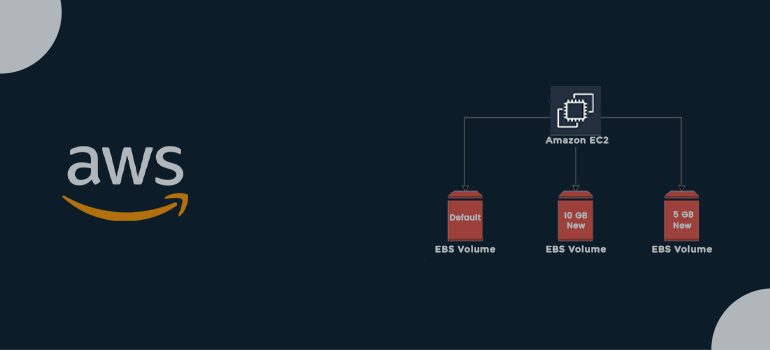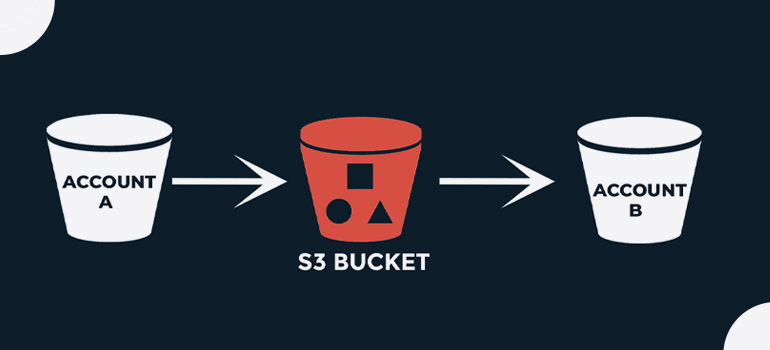1 Open the AWS Management Console and log in: 2 Open the RDS Dashboard: Choose “RDS” from the list of services once you’ve logged in. The RDS Dashboard will then be displayed 3 Choose the database you want to resize: Choose the database you want to resize by clicking on its identifier in the RDS Dashboard. […]
1 Open the AWS Management Console and log in: Visit the AWS website 2 To access the EC2 Dashboard, Choose “EC2” from the list of services after logging in. You will then be directed to the EC2 Dashboard. 3 To resize an instance, choose: Find the instance on the EC2 Dashboard you wish to resize, […]
Elastic Block Store (EBS), a scalable block storage solution offered by AWS (Amazon Web Services), offers permanent storage for EC2 (Elastic Compute Cloud) instances. An EC2 instance can have an EBS volume attached to it as a virtual hard drive to store data.es: The following are some significant traits and qualities of EBS volumes: 1. […]
An essential security precaution is setting up Multi-Factor Authentication (MFA) for your AWS root account. By requiring an additional verification step when logging into your AWS account, MFA adds an extra layer of security. The following describes how to set up MFA for your AWS root account: Step 1: Use your root account login information […]
- AWS
- AWS Training and Certification
- IT Training and Certification
- Linux Training and Certification
- Red Hat
- RedHat Training and Certification
An AWS account—for example, Account A—can grant another AWS account, Account B, permission to access its resources such as buckets and objects. Account B can then delegate those permissions to users in its account. In this example scenario, a bucket owner grants cross-account permission to another account to perform a specific bucket operation This article […]
1. Open the AWS Management Console: Go to the AWS Management Console and log in to your AWS account. 2. Choose RDS: From the list of AWS services, choose RDS (Relational Database Service). 3. Click “Create Database”: On the RDS dashboard, click the “Create database” button. 4. Choose a database engine: Select the engine you […]
1. go to search for the IAM dashboard 2. Click on Policies in the left-hand navigation pane. 3. Click on the Create policy button. 4. Choose either the JSON & Visual editor tab depending on your preference for creating the policy 5. Create a policy using either the JSON code editor or the visual editor. […]
First, we need to create an s3 Bucket steps are given below: Step 1: Log on to your AWS Console. Step 2: go to the Search bar ” S3 services “ Step 3: Click on S3 Scalable Storage in the Cloud” and proceed further Step 4: Create a new Bucket In the general configuration category: […]
EC2 services First of all, you should have instance. IAM services Then you have to make yourself a user. IAM POLICY The policy has to be implemented without creating a user. Then attach the policy you made to the user. Then log in to your user. Will open the EC2 instance services Then will see […]
- AWS
- AWS Training and Certification
- DevOps Training and Certification
- Docker and Kubernetes
- IT Training and Certification
- Linux Training and Certification
- Python Training
- Red Hat
- RedHat Training and Certification
Red Hat is no doubt one of the most extensively used platforms. The Red Hat, in fact, is the leading provider of open-source or free software solutions. Further, the platform employs a community-based approach to deliver reliable and efficiently performing cloud. That’s not the end yet! Red Hat is a well-known name when it comes […]










